by Stacey Schifferdecker
My husband tells a story about an ice cream social on his family’s farm when he was a boy. His family and some friends were sitting outside enjoying the beautiful weather and eating delicious homemade ice cream – the kind made with an old-fashioned wooden churn that you had to crank for hours. It was high summer, but this was Bible belt Kansas and the conversation turned to God’s blessings. Everyone began sharing what he or she was thankful for, just like many of us do around the Thanksgiving table. The adults were all thankful for the big bowls of ice cream, the good weather for crops, jobs that paid well, healthy kids, and other big stuff. When it was little David’s turn, he said, “I’m thankful for the water!” The adults all got a good laugh at the little boy who was enjoying a bowl of homemade ice cream but was thankful for the glass of water he was drinking with it. But to David, that water made his enjoyment of the ice cream even greater by cleansing his mouth between bites.
We adults may think we have the whole thankfulness thing figured out, at least when compared to kids. After all, we know (for the most part) to say “thank you” when someone gives us a gift or does something nice for us. We know the proper etiquette and wording for thank you cards. We know the kind of things we are supposed to be thankful for every Thanksgiving when we are counting our blessings around the dinner table. Children, on the other hand, often have to prompted into saying thank you. And they generally need to begged, cajoled, and bribed into writing thank you cards. If they receive a duplicate gift, they are likely to let everyone know (loudly) that they already have said item (and don’t really like it that much anyway).
Obviously, adults have it all over kids when it comes to the manners of thankfulness. But isn’t there a lot more to thankfulness than manners? Kids may not know all the right words and the proper etiquette, but they generally have a much greater grasp of the feelings behind thankfulness. When a child says a spontaneous “thank you,” you really feel thanked! You usually get the joy of hearing exactly how much the child loves what you have done or given. You may even get a lovely hug as part of the deal, and you will surely get the pleasure of seeing bright eyes and a big smile bestowed upon you. What could be better?
The fact is, children are typically more sincere and enthusiastic in their thanks than adults are. Adults say thank you because it is the right thing to say. We are restrained and polite. Even if we are truly delighted by a gift or act of love, we often don’t show our happiness fully.
Adults can teach kids a lot about thankfulness, especially when it comes to etiquette. But there is plenty kids can teach us too. Let’s take some guidelines for the kids and let our thankfulness really overflow this Thanksgiving season!
Biography
Stacey Schifferdecker is the happy but harried mother of three school-aged children—two boys and a girl. She is also a freelance writer, a Children’s Minister, a PTA volunteer, and a Scout leader. Stacey has a Bachelor’s degree in Communications and French and a Master’s degree in English. She has written extensively about parenting and education as well as business, technology, travel, and hobbies.
No part of this article may be copied or reproduced in any form without the express permission of More4Kids Inc © 2007 All Rights Reserved


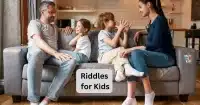

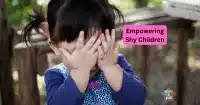
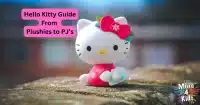


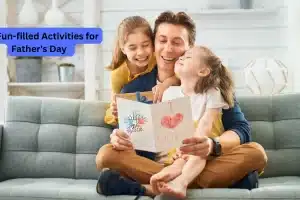


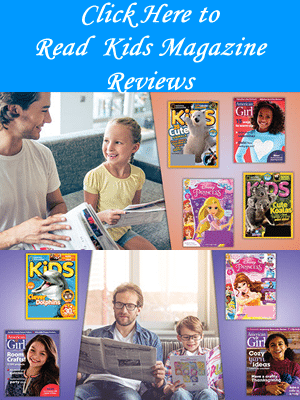
Add Comment